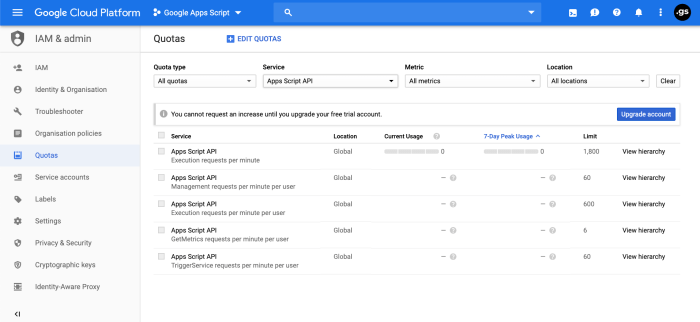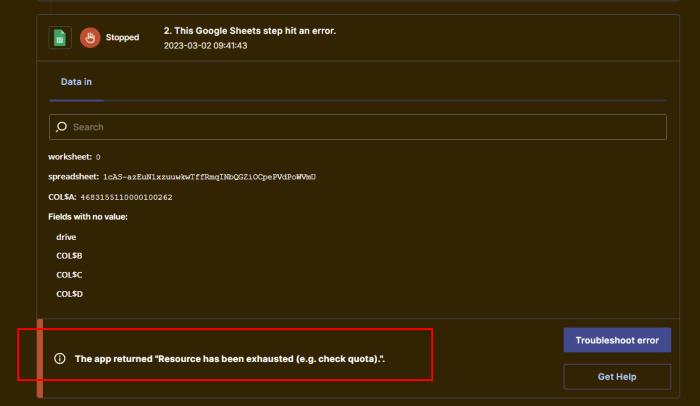Micromobility’s Disruptive Potential

Micromobility, encompassing electric scooters, bikes, and other similar shared transportation options, is significantly reshaping urban landscapes and the automotive industry. Its rapid growth presents both challenges and opportunities, forcing established players to adapt and innovate to remain competitive. The convenience and affordability of these services are impacting consumer behavior and transportation infrastructure in profound ways.Micromobility’s Impact on Urban Transportation and Consumer AttitudesElectric scooters and bikes offer a convenient and affordable alternative to cars, particularly for short-distance trips within cities.
This is especially true in densely populated areas where traffic congestion and parking limitations are significant problems. The ease of use and reduced environmental impact of these vehicles are appealing to environmentally conscious consumers and those seeking a quicker commute. The rise of dockless systems, where users can pick up and drop off vehicles almost anywhere within designated zones, has further amplified the convenience factor.
This accessibility is fundamentally altering how people perceive and utilize urban spaces, reducing reliance on personal vehicles for everyday errands and commutes. In many cities, micromobility services are seamlessly integrating with public transport, creating a more comprehensive and efficient multimodal transportation network. This shift is observable in cities like Paris and Amsterdam, where extensive bike-sharing networks are significantly reducing car traffic.
Micromobility’s Influence on Vehicle Demand
The increasing adoption of micromobility is directly impacting the demand for certain types of vehicles. Specifically, the need for small, fuel-efficient cars, often purchased for short commutes and city driving, is decreasing in areas with robust micromobility infrastructure. Many individuals, especially younger generations, are finding that owning a car is unnecessary or less appealing when convenient and affordable alternatives exist.
This shift is particularly evident in urban areas where parking costs are high and the benefits of car ownership are outweighed by the convenience and cost-effectiveness of micromobility options. Conversely, the demand for electric vehicles (EVs) might indirectly benefit from the increased awareness and acceptance of electric transportation fostered by micromobility. However, the impact on EV demand is complex and depends on factors such as charging infrastructure availability and the price difference between EVs and micromobility options.
Micromobility Integration in a Smart City
Imagine a smart city transportation system visually represented as a network map. Major thoroughfares are depicted by thicker lines representing bus routes and light rail systems. These main arteries are interconnected by a dense web of thinner lines representing bike lanes and scooter routes. Designated parking areas for micromobility vehicles are strategically placed near public transportation hubs, key landmarks, and residential areas, marked as small, colored icons on the map.
Real-time data overlays on the map display the availability of micromobility vehicles in real-time, indicated by the color and density of the thinner lines. The system dynamically adjusts routes and vehicle deployment based on demand, utilizing AI algorithms to optimize traffic flow and minimize congestion. This integrated system, seamlessly combining public transport with micromobility options, provides a holistic and sustainable approach to urban transportation, effectively reducing reliance on private vehicles.
The map would show the harmonious integration of all modes, with micromobility acting as a crucial “last mile” solution connecting users to public transit and other destinations.
The Shifting Landscape of Automotive Services

The rise of mobility services is fundamentally reshaping the automotive landscape, extending beyond just transportation to encompass a broader ecosystem of related services. This shift is creating new opportunities and challenges for traditional players in the automotive industry, forcing adaptation and innovation to remain competitive. The traditional model of car ownership and maintenance is being challenged by subscription-based services and on-demand solutions, leading to a more integrated and customer-centric approach.The emergence of mobility services has spurred the development of several new automotive services designed to enhance the customer experience and optimize vehicle lifecycle management.
These services are directly impacting the roles of dealerships and repair shops, necessitating a transformation of their business models to align with the evolving market demands. The integration of mobility and automotive services is creating innovative business models that offer comprehensive solutions to consumers.
New Automotive Services and Their Impact
The traditional model of car ownership, reliant on individual purchases and periodic maintenance visits, is being disrupted. New services are emerging to address the changing needs of consumers. Car maintenance subscriptions, for instance, offer predictable monthly payments covering routine maintenance like oil changes, tire rotations, and inspections. On-demand car repair services provide convenient, mobile repair options, eliminating the need for trips to traditional repair shops.
These services leverage technology to provide transparent pricing, scheduling, and progress updates, enhancing the customer experience. This convenience is attracting customers, particularly younger generations who value efficiency and accessibility. This has resulted in a decrease in the reliance on traditional dealerships and independent repair shops for routine maintenance, forcing these businesses to adapt and innovate. Dealerships are increasingly offering service packages and subscriptions to compete with these new entrants, while independent repair shops are adopting mobile repair strategies and online booking systems to remain relevant.
Innovative Business Models Combining Mobility and Automotive Services
Several companies are successfully integrating mobility and automotive services to create comprehensive solutions for consumers. For example, some ride-hailing services are partnering with auto manufacturers to offer bundled packages that include vehicle subscriptions and maintenance plans. This allows users to access a vehicle without the financial burden of ownership while ensuring its ongoing maintenance. Other companies are developing integrated platforms that combine car-sharing, on-demand repair, and insurance services, offering a one-stop shop for all transportation and vehicle-related needs.
These integrated models provide customers with a seamless and convenient experience, reducing the complexity associated with managing multiple services.
A Hypothetical Future Scenario
Imagine a future where your smartphone is the central hub for all your transportation and vehicle-related needs. You subscribe to a mobility service that provides access to a fleet of vehicles tailored to your needs – from electric scooters for short trips to autonomous vehicles for longer commutes. Your subscription also includes comprehensive maintenance and repair services, managed seamlessly through the app.
Predictive maintenance alerts are sent to your phone, and on-demand repair services are scheduled with a few taps. Insurance is integrated into the subscription, and any incidents are handled automatically. This integrated approach eliminates the hassle of managing multiple services, provides predictable costs, and offers a convenient and efficient transportation solution. This scenario, while hypothetical, reflects the direction in which the industry is moving, driven by technological advancements and evolving consumer preferences.
The emphasis will be on seamless integration and a customer-centric approach, offering personalized and flexible solutions that meet the diverse needs of a dynamic market.